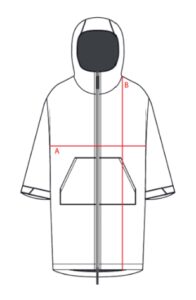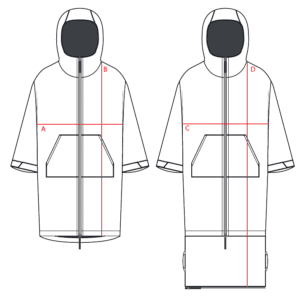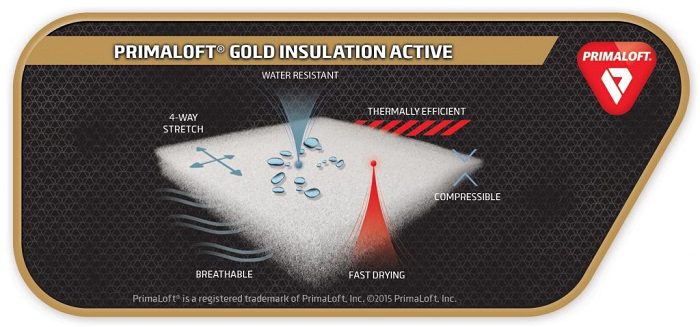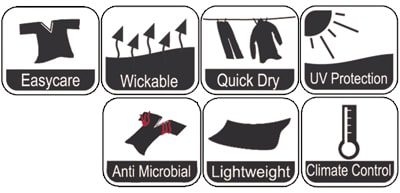Ventile
Originally designed in the UK, Ventile® is densely woven from 100% cotton using the world’s finest long staple fibre.
Ventile® is not coated or laminated yet the combination of the dense weave and the swelling properties of the fibres when wet provide excellent weatherproofing.
It is an entirely natural product that offers a unique level of comfort, look and feel as well as being windproof, highly breathable, very durable and quiet.
Ventile® fabrics are used in some of the world’s finest outerwear performance garments and have military, medical and workwear applications. What’s more, they look great!
The long pedigree of the fabric goes back as far as the late 1930’s. With war looming, the British government thought that there would be a shortage of flax that was used in those days for fire hoses and water buckets. An alternative was required and research was commenced into the use of cottons, woven in such a way as to keep water in ! And it worked.
The requirements for research though changed during World War II. Britain depended upon convoys carrying vital supplies, but our Russian convoys across the Arctic Ocean were particularly susceptible to attack from submarines and long – range bombers. Home based RAF fighter escort cover was impossible because of distance.
So, Winston Churchill promoted the concept of catapulting expendable Hurricane aircraft from the decks of merchant ships to provide local cover. There was no means of landing back on the deck. The pilot had the choice of ditching the aircraft or bailing out into the sea. There was no problem in spotting the pilots who had signals and lights, but the water was so cold that life expectancy was only a few minutes. Most died from exposure.
There was an urgent need for a new, protective clothing fabric that would be comfortable in the cockpit under combat conditions and that would also keep a pilot warm and dry in the sea. After many trials, the scientists at the Shirley Institute in Manchester U.K. developed the fabric called ‘Ventile’. When made into finished garments, life expectancy in the sea was extended from a few minutes to 20 minutes and rescue was now a real possibility. 80% of anti-submarine pilots who fell into the sea now survived.
Ventile® fabrics for RAF clothing went into mass production in 1943 and the military association still remains today. Garment designs have changed over the years but you will still find Ventile® suits in modern Tornado jets with the RAF and other NATO airforces.
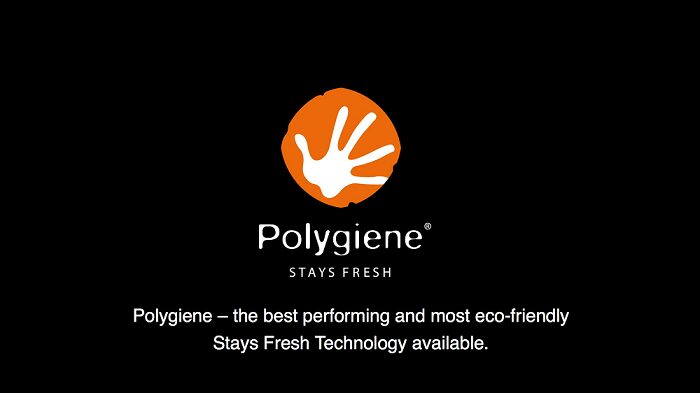

)
)
)
)
